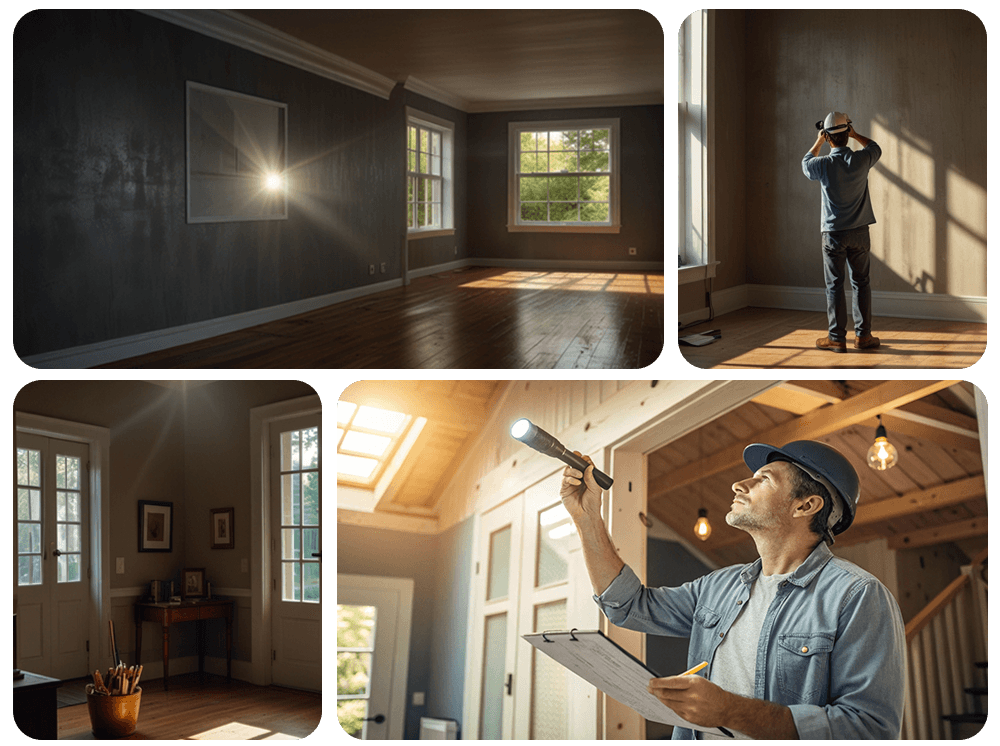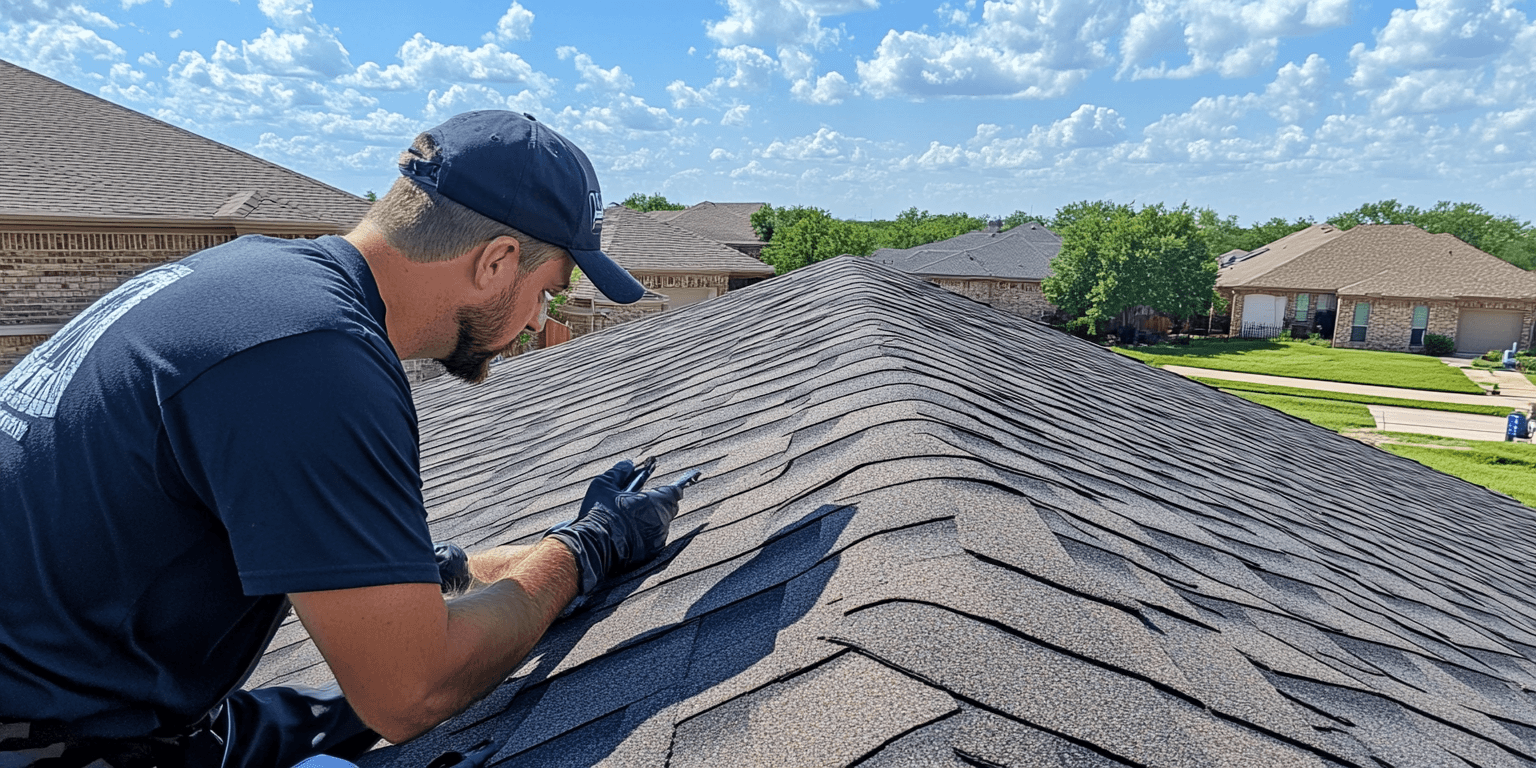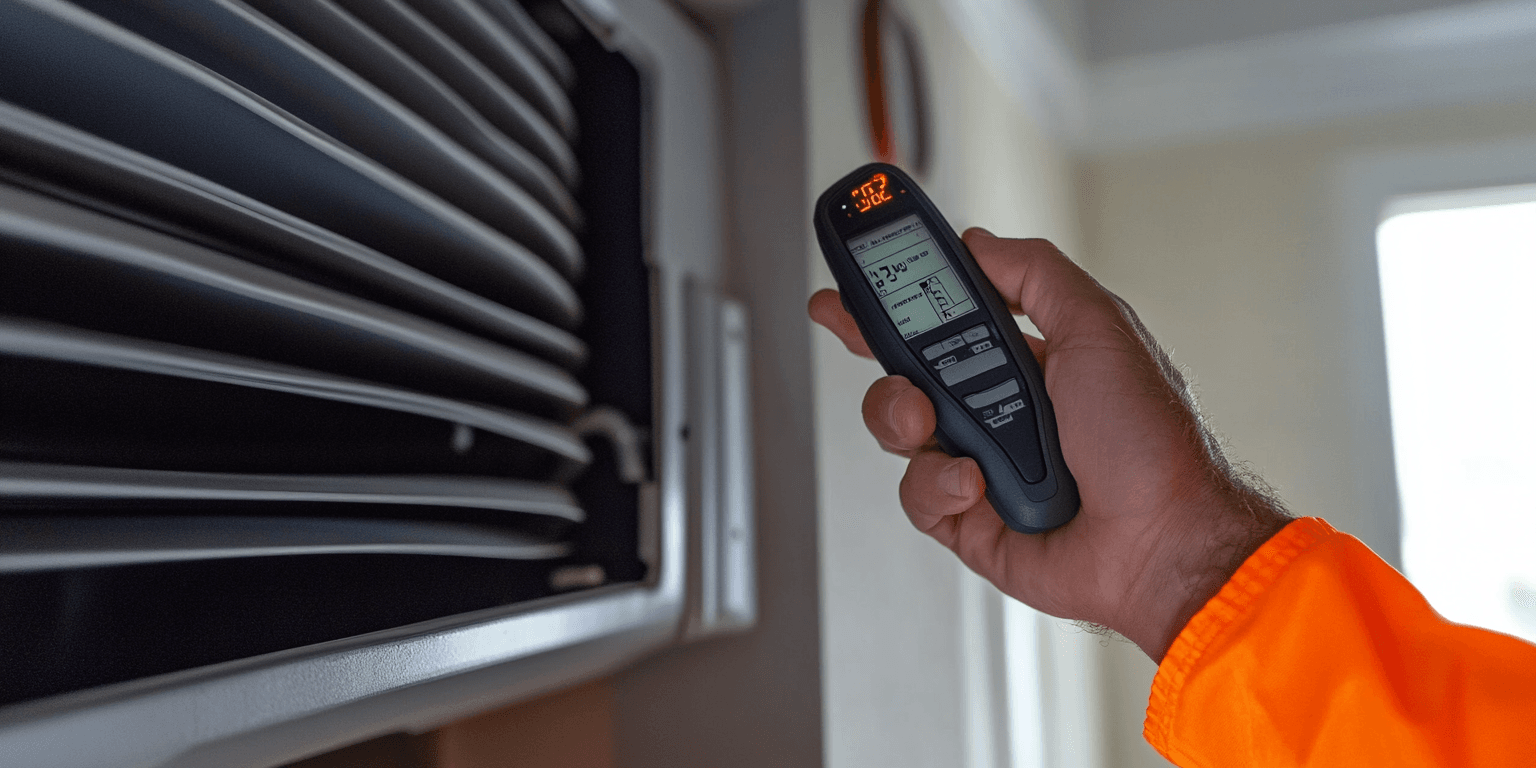A home inspection is one of the most important steps in buying or selling a property. It helps uncover hidden problems and gives you a clear understanding of the home’s condition before you move forward with the purchase. At 1st Choice Inspection Services TREC#9175, we provide comprehensive home inspections that cover every aspect of the property, ensuring no issues are missed.
To help you get the most out of your home inspection, we’ve created the ultimate checklist to guide you through the process. Use this checklist to ensure that every part of your home is thoroughly inspected, so you can make informed decisions and protect your investment.


The roof is your home’s first line of defense against the elements. A thorough inspection of the roof ensures it’s in good condition and free from leaks or damage.
The foundation and structure of the home are critical for its long-term stability. Any issues in these areas can lead to major repairs down the line.
The exterior of the home and its surrounding grounds play an important role in protecting the property from environmental damage.
A properly functioning electrical system is crucial for the safety of your home. Electrical problems can pose fire hazards if not addressed.
The plumbing system should be inspected to ensure that all fixtures and pipes are in good working condition and free of leaks.
The HVAC system is essential for maintaining a comfortable living environment. It should be functioning efficiently to keep energy costs down and ensure air quality.
The interior rooms of the home should be inspected for overall condition, including floors, walls, ceilings, and built-in features.
If appliances are included in the sale, they should be in good working condition. Check the following:
These areas are often overlooked but should be carefully inspected for moisture, foundation problems, and structural integrity.
Pests like termites, carpenter ants, and rodents can cause significant damage to a home. It’s important to check for signs of infestations, such as:
Wood Damage: Hollow or damaged wood can be a sign of termite or carpenter ant activity.
Michael encourages buyers to be present, particularly at the end of the inspection. There are several key reasons for this:
The main benefit of the buyer being present at the end of the inspection is that it allows for a comprehensive review, ensuring the buyer fully understands the inspection report and any issues that need attention. This approach balances the need for a focused inspection with the opportunity for the buyer to receive clear, in-person explanations of the findings.

Using this complete home inspection checklist ensures that every part of your property is thoroughly evaluated. At 1st Choice Inspection Services TREC#9175, we take pride in providing detailed, professional home inspections that help you make informed decisions about your property. A comprehensive inspection helps protect your investment by uncovering potential issues before they become costly problems.
Whether you’re buying or selling a home, schedule an inspection with our experienced team to ensure that nothing is overlooked.
A thorough home inspection helps uncover hidden problems in the property, allowing buyers to make informed decisions and avoid costly repairs down the road.
Commonly overlooked areas include the attic, crawl spaces, and exterior grading. These areas can reveal issues with moisture, insulation, or structural integrity that may not be visible elsewhere.
A complete home inspection typically takes between 2 to 4 hours, depending on the size and condition of the property.
Yes, it’s highly recommended that buyers attend the inspection, especially at the end. Being present for the post-inspection review allows you to ask questions and get a clear understanding of the findings.
If the inspection reveals issues, you can negotiate with the seller to address repairs, request a price reduction, or decide whether to proceed with the purchase.